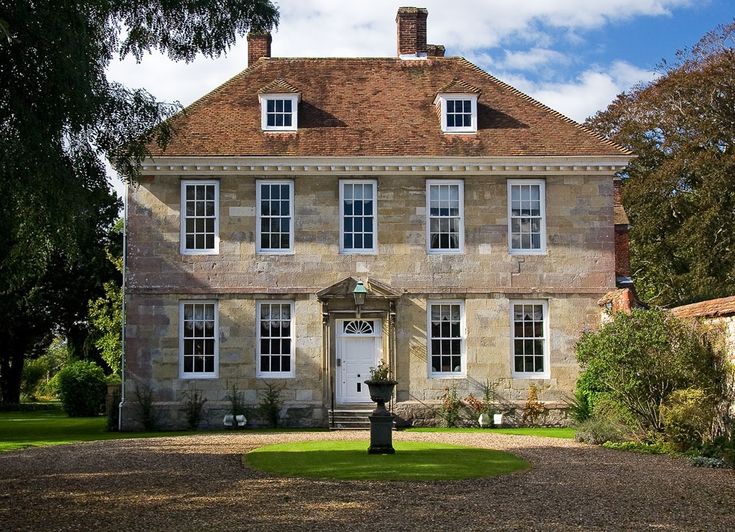Last weekend, while visiting Salisbury, I stumbled upon a beautiful property purely by chance. Around eight PM, near the cathedral, the area was tranquil with tourists gone, and the evening light casting a serene glow. The sight reminded me of Constable’s famous painting of the Cathedral, which I studied during my History of Art degree, evoking fond university memories.
While Salisbury Cathedral is the main attraction, I discovered a sign for Sir Edward Heath’s home, Arundells, open to the public. Intrigued, I decided to return the next morning.
Before visiting, I knew Sir Edward Heath merely as the Prime Minister before Margaret Thatcher. By the end of my visit, I felt he was the British Prime Minister I knew most about. Arundells is a tribute to his life, showcasing his work, hobbies, and sense of humour. While I can’t comment on his political career due to my limited knowledge, I felt a personal connection and would have loved to share one of his iconic Sunday lunches.

Heath, affectionately known as Ted, never owned a home until later in life. He lived with his parents in Kent as a young man and rented various apartments when he became an MP. After his unexpected election victory in 1970, he moved into 10 Downing Street. The image of his grand piano being removed from No. 10 after his defeat in 1974 became symbolic.
From 1975 to 1985, Ted lived in a house rented from the Duke of Westminster. It was a home but never truly his own. By the mid-1980s, with a return to office unlikely, Ted began searching for a permanent home, ideally near the sea. None felt right until his colleague, Robert Key, told him about Arundells. Ted fell in love with it at first sight and moved in, becoming its curator. He redesigned the gardens and interiors, transforming the house into a welcoming space for entertaining friends and colleagues, especially during Sunday lunches. The guest book reads like a Who’s Who of the time.
Thanks to the Sir Edward Heath Charitable Foundation, Arundells continues to inspire visitors with exhibitions, tours, and events. The house remains a tribute to Ted, reflecting his life, interests, and the era he lived in. Unlike the United States, where former presidents’ homes often become museums, Arundells, like Churchill’s Chartwell, is a rare and precious gem in the UK.
My Five Takeaways from Arundells:
I’ve been considering a series of blog posts analysing historical properties and extracting five key insights from each. I think this one could be a great starting point so here are my five takeaways from Arundells:
1. Design Your Home Around Your Collection (or at least some parts of it)
Adore these mirrored cabinets displaying the yacht builders’ models of his yachts, all called ‘Morning Cloud’


2. Don’t Take Yourself or Your Home Too Seriously
Sir Edward enjoyed collecting cartoons, particularly the ones that satirised his own life and political career.

3. It’s Okay to Have Many Things if There’s a Common Thread
The house is filled with artwork, ceramics, books, CDs, and sailing memorabilia. Despite the variety, it feels cohesive, centred on Ted’s interests in politics, music, and art




I love the upholstery on the chair as a nod to the Japanese and Chinese ceramics and artwork around the house.




The Chinese wallpaper was one of my favourite things in the house. It was a gift to Sir Edward Heath from two of his private secretaries, who worked in China. It is hand painted and was sent in rolls from Peking. The colours have remained remarkably true considering that it was been hung for over 30 years in an area filled with light.
4. Be Mindful of Artwork Placement
As any collector, Heath had his favourites. One of the paintings Churchill gifted him was strategically placed so he could view it from the dining room while entertaining guests.
5. Every Home Should tell a story
Unlike many modern homes that look identical, Heath’s life story is beautifully told through Arundells, making it a true home.
Other things I loved about the house were:
 This checkerboard wallpaper in the bedroom.
This checkerboard wallpaper in the bedroom.

 The tiling in the bathroom and the beautiful wooden details.
The tiling in the bathroom and the beautiful wooden details.



The dining room with the very smart hidden cabinets.


The magnificent garden and the most glorious view of Salisbury Cathedral.
If you ever visit Salisbury, I encourage you to see this property. It’s not only a piece of history but also a delightful home (and the guides and volunteers couldn’t be more helpful.)
For more information, visit https://arundells.org/

